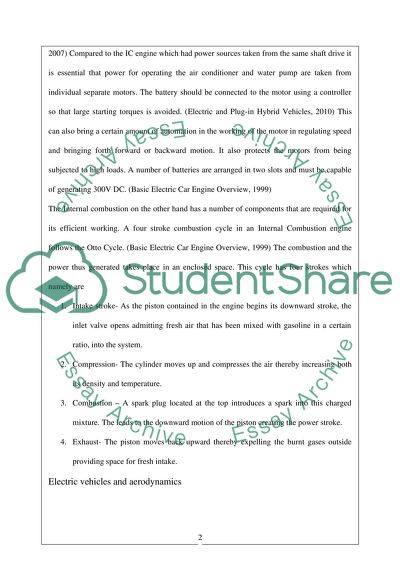Cite this document
(“Assessment of the environmental impact of Electric Vehicles Essay”, n.d.)
Retrieved from https://studentshare.org/macro-microeconomics/1424052-assessment-of-the-environmental-impact-of-electric
Retrieved from https://studentshare.org/macro-microeconomics/1424052-assessment-of-the-environmental-impact-of-electric
(Assessment of the Environmental Impact of Electric Vehicles Essay)
https://studentshare.org/macro-microeconomics/1424052-assessment-of-the-environmental-impact-of-electric.
https://studentshare.org/macro-microeconomics/1424052-assessment-of-the-environmental-impact-of-electric.
“Assessment of the Environmental Impact of Electric Vehicles Essay”, n.d. https://studentshare.org/macro-microeconomics/1424052-assessment-of-the-environmental-impact-of-electric.


